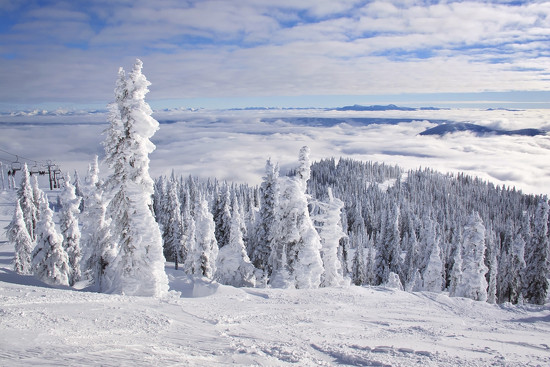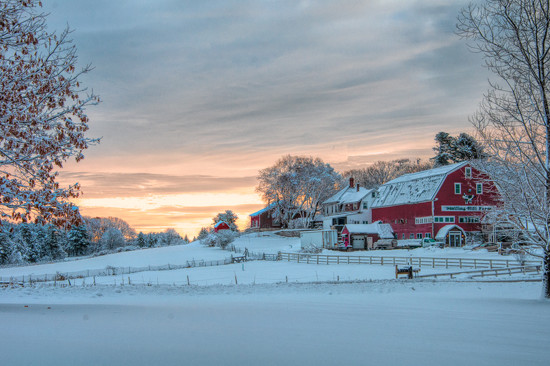In some parts of the world, winter is setting in and the snow has already started to fall. As there have been quite a few requests for tips on landscape photography I thought would combine the two for a special winter landscape photography tutorial!
Basics of landscape photography
Although these are not hard and fast rules, they are good tips for starting out with landscapes. However, some rules are there to be broken, so don’t be afraid to try out new things once you have mastered a few classic landscape shots.
- Foreground interest adds depth to a scene
- Remember the rule of thirds – do not have the horizon (or point of interest) in the middle, split the shot 1/3 or 2/3
- Generally speaking you want as much of the scene in focus as possible, so choose a small aperture to maximise your depth of field
- Don’t let a bland sky dominate your shot – only dramatic skies should take up the top two thirds of a picture.
- The golden hours are when landscapes really come alive – shoot at dawn and dusk for added texture and colour
Photographing snowscenes
The big hoo-ha about taking a good photo when it is, or has been snowing is that snow really throws the light levels out of kilter. You get bright light reflecting from the ground, providing a second very bright light source, you have to deal with over exposure and digital burnout, and if your white balance is out, the snow will appear either too blue or too yellow.
Here are some tips and setting tweaks that you might find useful to combat these dreaded spoilers!
- Test out your auto setting – most cameras have a snow setting, if not use the auto white balance to get a good exposure value. If yellows or blues prevail, you will need to do a manual white balance or tweak with editing software.
- Lower the exposure value to avoid digital burn
- When doing a manual white balance, use a bright patch of snow – watch out for any shadows, it could mess up all your colours
- Check the histogram to see if the exposure was correct, this will be easier to see than trying to look at a screen in bright light
- Shoot in raw for better manipulation and colour correction in post production
Dawn and dusk provides the best light levels (and adds texture… see Ideas to Try below!)
Did you know?
The colder the air, the clearer the air is! Renowned winter landscape photographer Moose Peterson says "Cold air is clearer… there are often ice crystals in the air that cause light to diffract; you get really brilliant, pretty-picture colors. So you want to be photographing at sunrise and sunset—the coldest parts of the day."
Ideas To Try
- Shooting in the morning or afternoon will give more texture to the snow
- Add interest with a brightly coloured object, or include a colourful natural feature – this will create a dramatic effect
- Slower shutter speeds will capture more movement, a blur of snow falling
- Fast shutter speeds will freeze the action, but you will need plenty of light, or to hike up the ISO
- Macro shots will pick out the detail, highlighting the crystal formation on a plant for example
- Look for dramatic lines, shapes and shadows to break up the expanse of white
- Seek out reflective surfaces – ponds and lakes appear extra still in cold calm weather
- Get your ND filter out an at the ready for some seriously surreal daytime long exposures – if you’ve never done one before, read our Daytime Long Exposure Guide
Top Tip
Think about your shot before walking around. You don’t want walk through a pristine snowscape then realise it would make a great picture!
A quick note on camera care…
To avoid condensation take your camera out of the bag once you get in and pop a towel over the top. Any moisture will then condensate on the towel, not on your camera!
If you have any tips to share on photographing winter landscapes, please share them in the comments below – we also want to see what photos you have been taking whilst the snow has been falling!
Thanks to Wendy, Shirley, Lesley and Joan for supplying such wonderful examples.





Anyway this topic is really helpful to me as I'm learning how to shoot winter landscape. Thanks for sharing it. :)
Here they are:
Here is one of the (very few) snow shots I have taken: